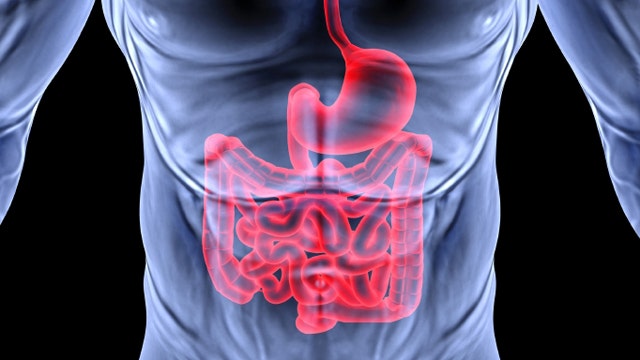Statin use tied to cataract development: study
The risk of developing cloudy lenses in the eyes may be linked to the use of cholesterol-lowering drugs known as statins, according to a new study.
While the researchers can’t prove the drugs caused the eye condition, they found that people who took statins – such as Zocor and Lipitor – were more likely to develop cataracts, compared to people who didn’t take the medication.
“The results were consistent that there was a higher risk of being diagnosed with cataracts among statin users,” Dr. Ishak Mansi, the study’s senior author from UT Southwestern Medical Center and the Dallas VA Medical Center in Texas, said.
Statins are popular drugs that block a substance the body needs to make cholesterol, which can get trapped in arteries and ultimately lead to heart attacks and strokes.
About one-quarter of U.S. adults aged 45 and older take statins. The drugs are especially recommended for people with diabetes or a history of cardiovascular problems.
Researchers have looked at the link between statins and cataracts before with mixed results. While some studies found that taking statins lowered the risk of developing cataracts, other studies found the drugs increased the risk.
For the new research, Mansi and his colleagues used data collected from the medical records of people between the ages of 30 and 85 years old who were enrolled in one healthcare system in San Antonio, Texas, and received care between 2003 and 2010.
In one analysis, they compared about 7,000 people who were on statins for at least 90 days to about 7,000 people who were not on statins but were similar in about 40 other characteristics, including other health conditions, medications and healthcare use.
About 36 percent of statin users were diagnosed with cataracts, compared to about 34 percent of people not taking statins, for a 9 percent higher risk.
In a second analysis, the researchers looked at people with no other known health conditions. It included 6,113 statin users and 27,400 people who did not take statins.
Before adjusting the results for the participants’ age, sex, weight, medications, healthcare use, other vision conditions and cigarette, alcohol and drug use, the researchers found about 34 percent of statin users were diagnosed with cataracts, compared to about 10 percent of people not taking statins. After adjusting for those factors, statin use was linked to about a 27 percent increased risk of cataracts.
What’s more, the researchers found that the risk of developing cataracts increased with the length of time a person took the medication.
While Mansi and his colleagues can’t say how statins may affect the formation of cataracts, they write in JAMA Ophthalmology that there are a few possible explanations.
One is that the body needs high levels of cholesterol to maintain a clear lens and statins may interfere with the cells that control that process.
Dr. Jack Cioffi, head of ophthalmology at Columbia University Medical Center in New York, said the study is very well done, but has some limitations, including that the researchers used billing data rather than medical records, so they can’t say how severe the cataracts were.
“I don’t think we should overstate the significance of this. It goes back to if there is a good reason for you to be on that statin, it outweighs the risk of a mild increase in risk of cataract,” Cioffi, who was not involved in the new study, said.
He added that the treatments for cataracts have evolved over time. The National Institutes of Health says the procedures to remove cataracts are some of the most common and safest surgeries performed in the U.S.
“For patients themselves, my advice is to discuss what your benefit and risk ratio is for you with your doctor,” said Mansi, who added that he hopes the results will also encourage people to improve their cholesterol levels through lifestyle changes.
“This should motivate patients to do their part. Quit smoking, eat healthy and be active so doctors don’t have to give you a tablet that may have some side effects,” he said.
Source: Reuters.com











 For men with receding hairlines, baldness can be a major concern. And although there is nothing you can do to prevent going bald, there are some things you can do now to slow your hair loss.
For men with receding hairlines, baldness can be a major concern. And although there is nothing you can do to prevent going bald, there are some things you can do now to slow your hair loss.


